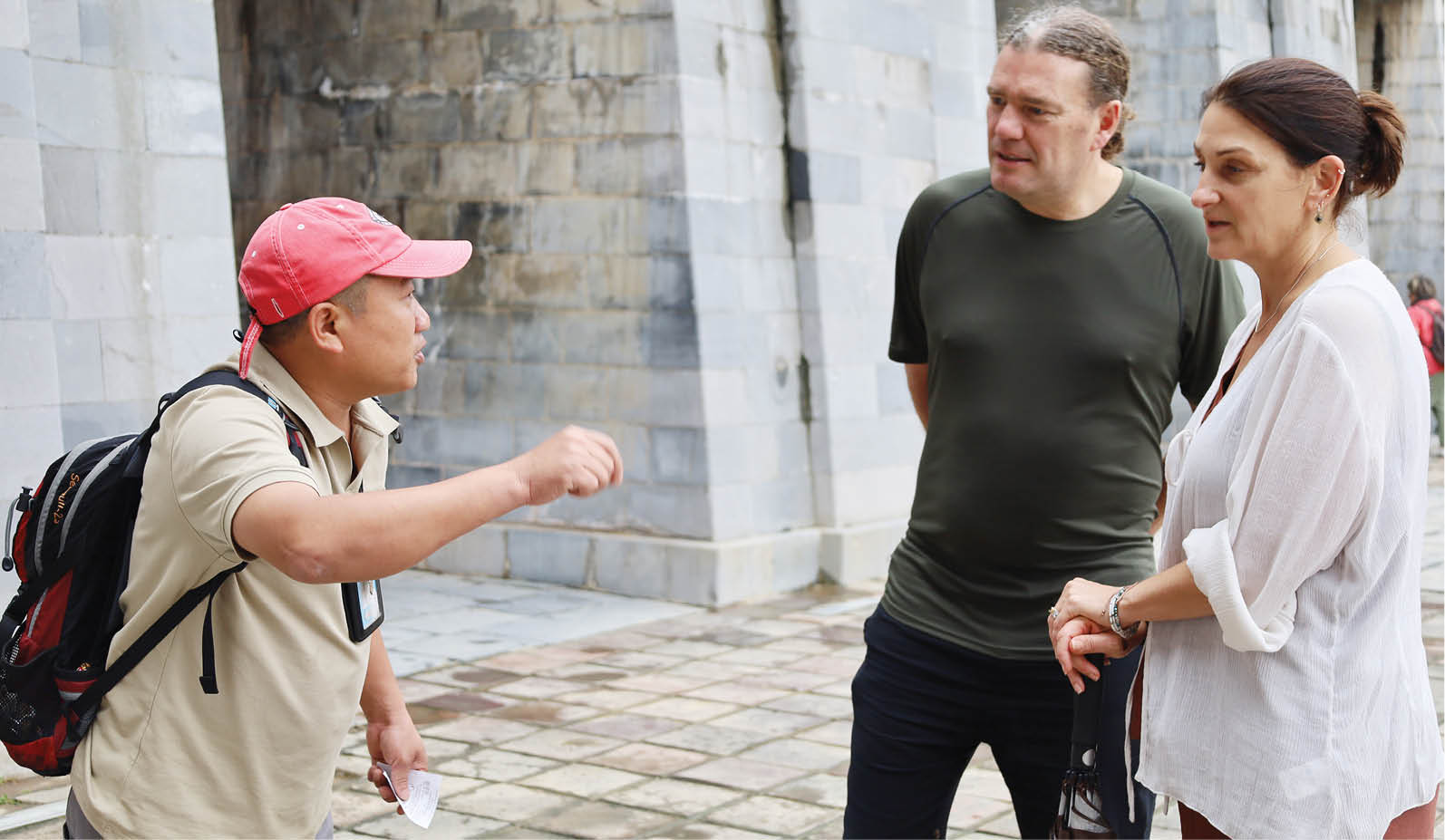 |
| Visitors to Hue Imperial City on the morning of November 4 |
Tourism is vulnerable
Taking advantage of the receding water level, Century Riverside Hotel Hue mobilized all its forces to urgently clean up, repair the damage and resume all operations. Mr. Nguyen Huu Binh, Director of Century Riverside Hotel Hue shared that during the recent heavy rain, the first floor was flooded 30cm. 28 rooms, including offices, halls, reception areas were affected, carpets, wooden floors and many pieces of furniture were damaged. During the flood season, hotel room occupancy rates were around 40-60%, an average decrease of 20%.
According to Mr. Ho Dang Xuan Lan, Chairman of Hue City Hotel Association, General Director of Parkview Hue Hotel, although there are no specific statistics on the damage to the hotel industry, because units have to quickly focus on cleaning up and restoring operations, in general, many accommodation establishments were flooded, significantly affecting business operations.
Ms. Chau Thi Hoang Mai, Vice President of Hue City Tourism Association, Executive Director of Alba Spa and Alba Hotel Hue, said that due to concerns during and after the flood, since the end of October, many tourists have postponed or canceled their plans to visit Hue until November 6-8. The impact of natural disasters on tourism is not easy to measure.
Tourism activities are almost “paralyzed” during the rainy and flooded days. Ms. Duong Thi Cong Ly, Director of the Hue Branch of Vietnam - Hanoi Tourism Joint Stock Company, said that ensuring the safety of tourists is the top priority. Therefore, in rainy and flooded conditions, tour postponement/cancellation is inevitable. That not only affects the business revenue but also affects the emotions of tourists.
According to our records, the floods have caused severe damage to a series of shops, especially restaurants, businesses along the coast, and areas near rivers and streams. A representative of a tourism cooperative in A Luoi 1 commune shared that every flood season, the stalls and business areas at the stream and waterfall points almost have to be rebuilt from scratch. This is a very worrying thing.
Not only Hue, in recent times, a series of famous domestic tourist destinations, such as Hanoi, Ho Chi Minh City, Da Nang, Hoi An... have also had to face harsh weather and natural disasters such as heavy rains, floods, and inundation. This clearly shows the increasing pressure of climate change on the tourism industry.
When storms and floods occur, the damage does not stop at destroying tourism infrastructure but also causes more complex consequences for the entire value chain. The most obvious impact is on coastal resorts, low-rise hotels and transportation systems such as roads and bridges in key tourist areas that are severely damaged. Tourism businesses and establishments in Hue are mainly small and micro, while repair and restoration costs are very large, even exceeding the financial capacity of businesses and tourism service businesses.
It is a well-known fact that floods and natural disasters not only affect a point in time or disrupt business cycles and damage the livelihoods of local communities, but also create psychological barriers and beliefs that make tourists hesitate to come or return.
Increase resilience and adaptability
Mr. Nguyen Huu Binh said that the rain and floods caused power outages at certain times; when the generator could not be operated, the unit was forced to light candles. To “liven up” the atmosphere and help guests avoid boredom, the unit organized many activities, such as games, entertainment, singing, and meals were often replaced by royal rice service, etc., which made guests feel happier.
“The psychology of many tourists after natural disasters is fear of service quality, epidemics, the environment, food hygiene and difficult life that leads to social evils. Units must urgently overcome the situation quickly, at the same time, local authorities should also step up propaganda work on the rapid restoration of all activities with realistic images, creating confidence for investors and tourists,” said Mr. Binh.
According to Mr. Ho Dang Xuan Lan, the time when guests cannot go out is the time when hotel services must be upgraded to the highest level, from food, massage, spa and on-site services. Ms. Mai believes that after the flood, it is necessary to spread visual images of the cooperation of local authorities, sectors and businesses in quickly cleaning the environment, handling the risk of disease outbreaks, overcoming damage, returning to the new normal state and updating partners to create peace of mind.
As a key economic sector, tourism cannot be passive in the face of natural disasters but needs to quickly shift to a development strategy based on resilience, which means not only recovering from natural disasters but also proactively forecasting, adapting and learning from experience after each storm and flood.
One of the factors that need to be focused on is the proactiveness of the tourism industry. Right in tourism planning and calling for investment, it is necessary to carefully calculate the scenario of responding to climate change, especially in coastal areas, rivers, streams, and low-lying areas. The tourism industry also needs to coordinate more closely with travel agencies and hotels in coordination, forecasting, guidance and support. It is necessary to research and invest in building suitable products, especially special tourism products for the rainy season; and deploy appropriate stimulus programs.
Source: https://huengaynay.vn/du-lich/tang-cuong-su-thich-ung-voi-thien-tai-159672.html







![[Photo] Da Nang: Hundreds of people join hands to clean up a vital tourist route after storm No. 13](https://vphoto.vietnam.vn/thumb/1200x675/vietnam/resource/IMAGE/2025/11/07/1762491638903_image-3-1353-jpg.webp)
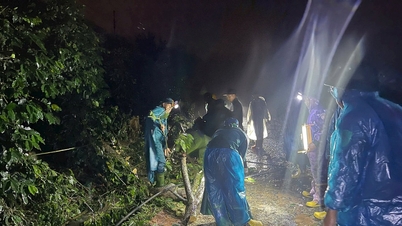

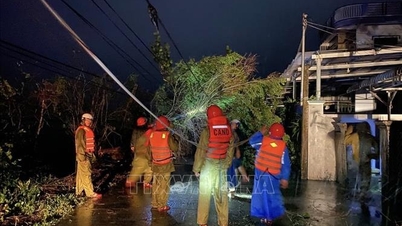

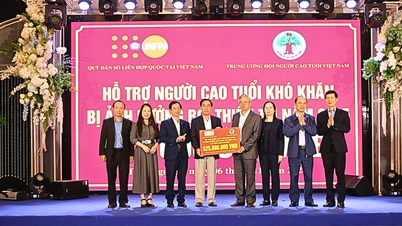

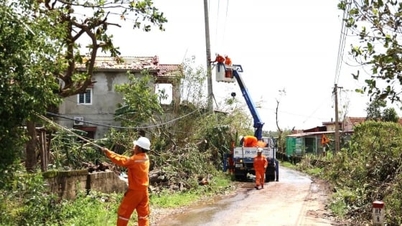

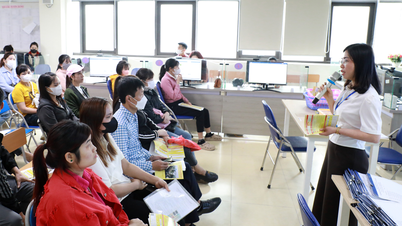

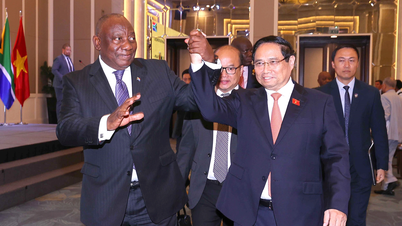





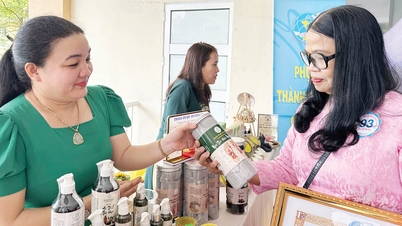
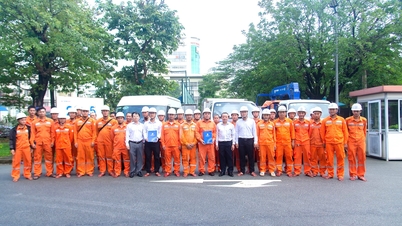






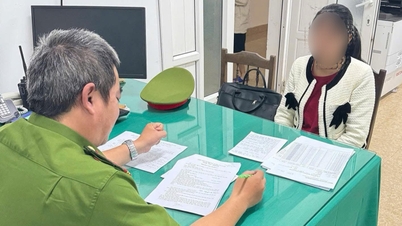
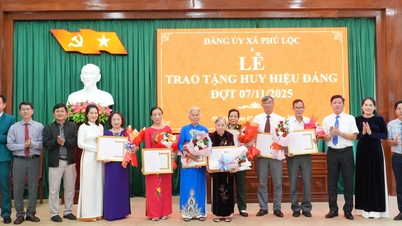








































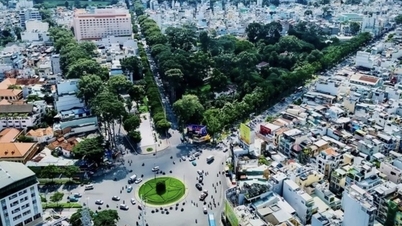



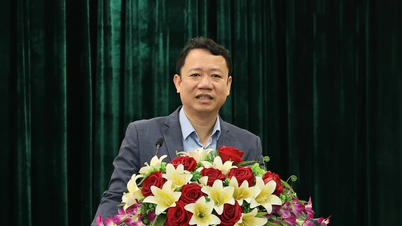




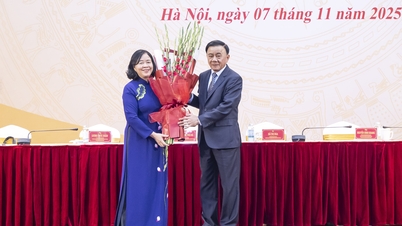


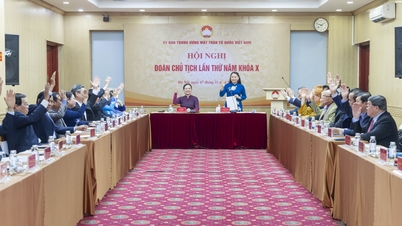

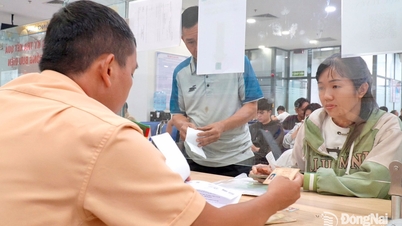




















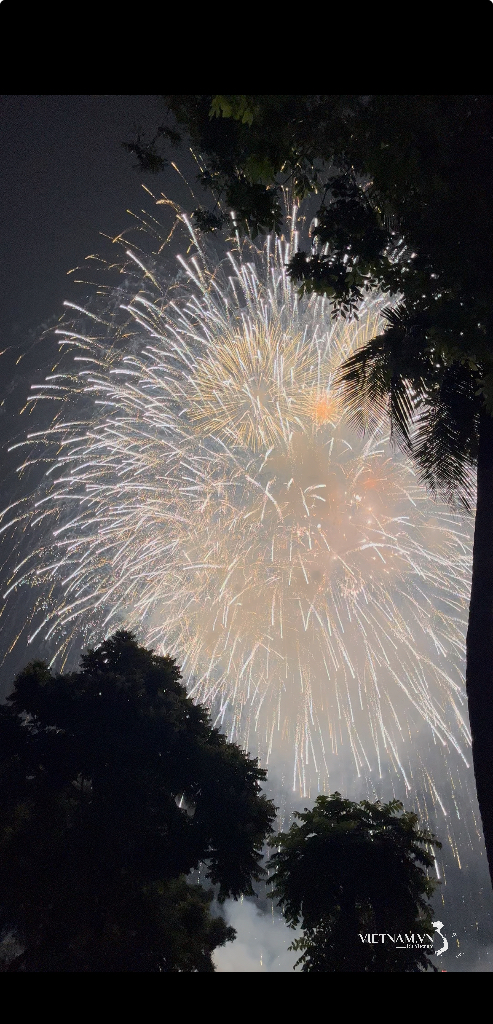

Comment (0)